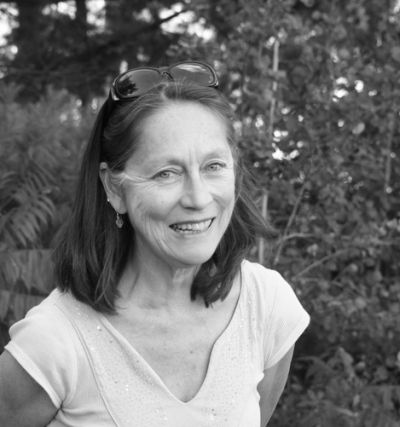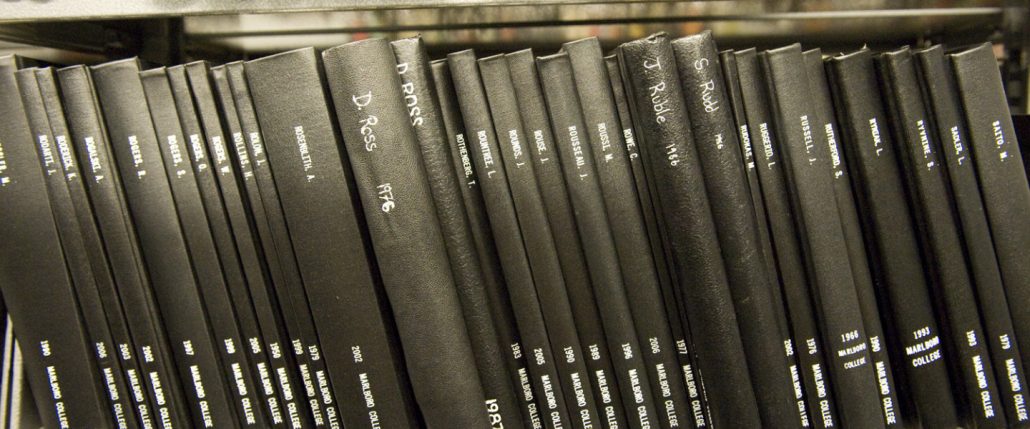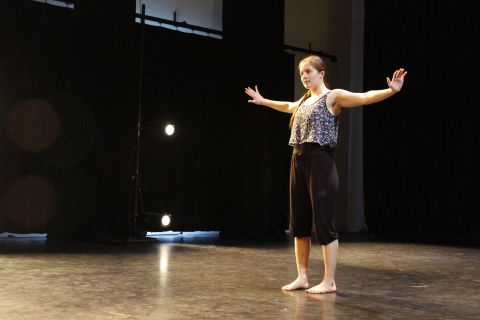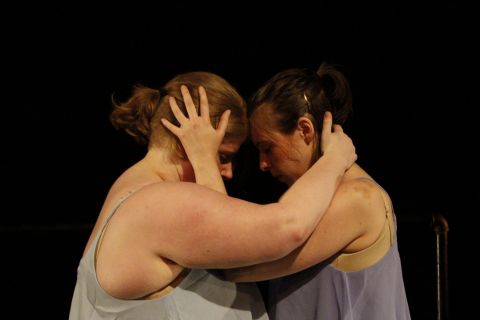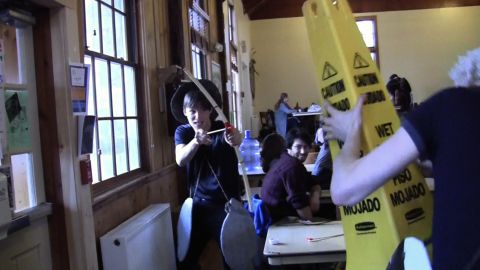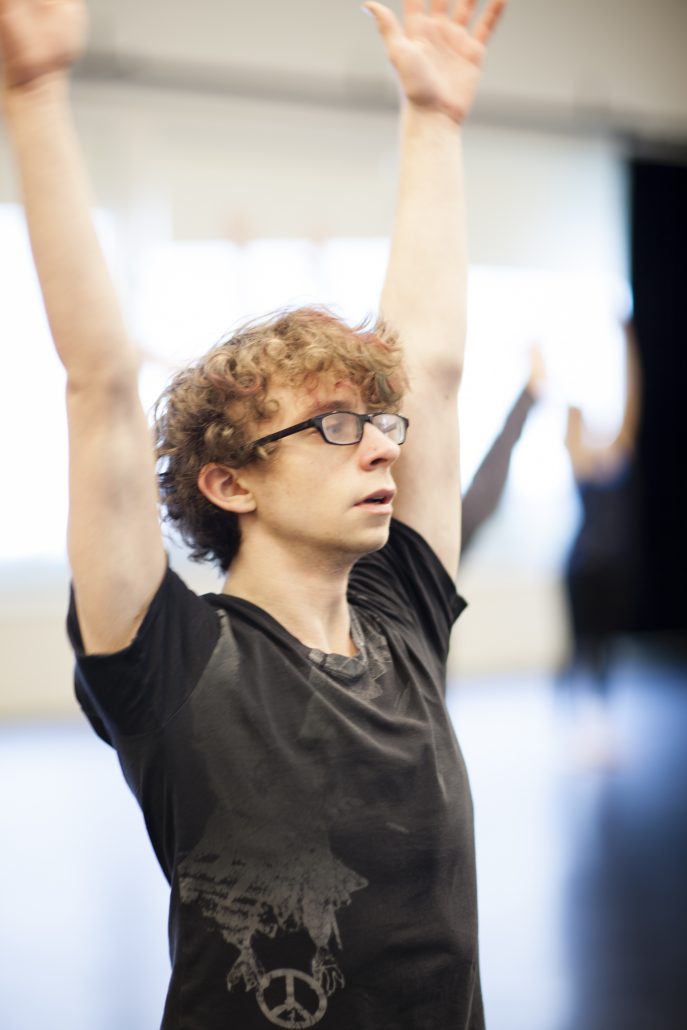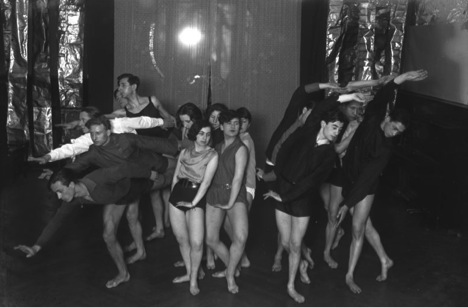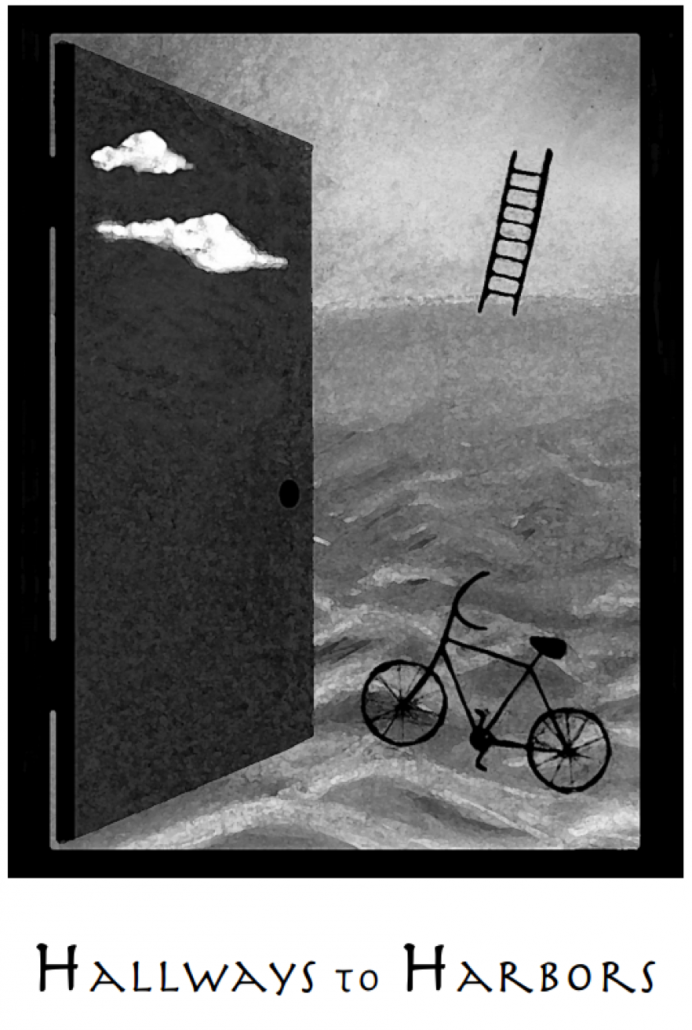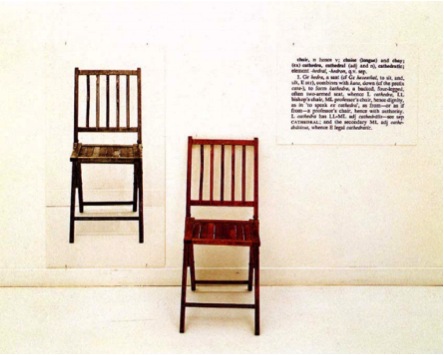Dance
The dance program at Marlboro was committed to engaging students physically, creatively, and analytically in the study of dance and movement across a variety of cultures and dance forms.
Dance courses were designed to help students develop an appreciation for experiential learning, gather tools for creative expression through movement, and hone their abilities to think and write critically about movement and performance. In technique classes, students worked in the studio to develop physical skills and a more nuanced understanding of the body as an instrument. Choreography and improvisation classes helped students learn tools for creating movement and shaping it over time and space, develop their skills for navigating the creative process, and explore the range of their artistic voices. Anatomy classes gave students a deeper understanding of their own physical structure and the ways that structure and function inform one another. History and theory classes familiarized students with the work of other artists, shed light on the sociocultural forces that shape dance practices, and prepared students to think critically as they pursued their own work in the field of dance. In all courses, an effort was made to contextualize each dance form studied in relation to the time(s) and place(s) in which it was created, examining the cultural and aesthetic values that shaped the movement. Students were encouraged to apply the physical skills, creative processes, and critical frameworks acquired in their dance classes to working with the styles and topics they were passionate about. Moreover, they were invited to bring in their studies in other fields as source material for creative work and to explore the meaning of dance through the lens of other disciplines.


